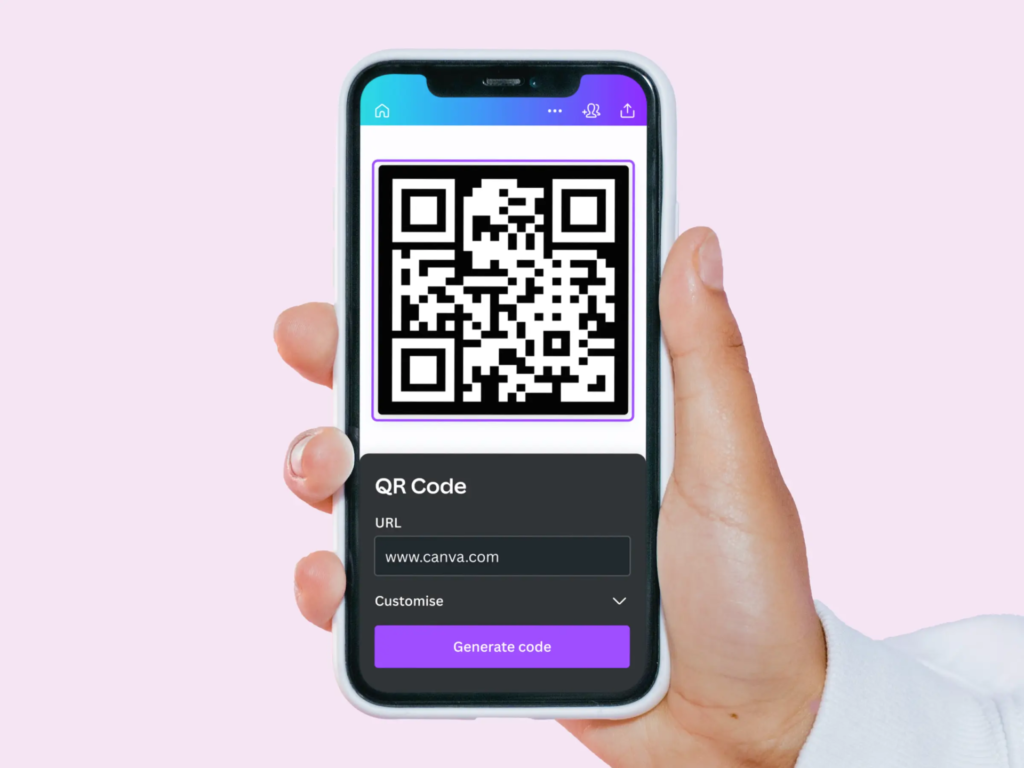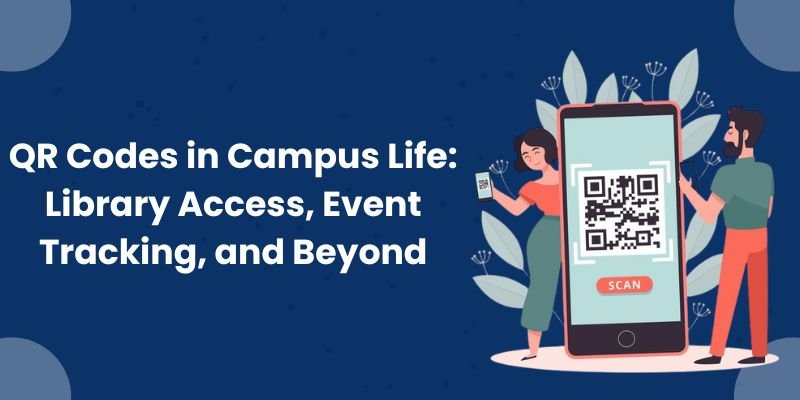In an increasingly digitized educational landscape, universities are embracing new technologies to streamline campus operations and enhance student experiences. One of the simplest yet most powerful innovations reshaping campus life is the QR code. Once a niche tool for marketers, QR codes have found new relevance in academia, transforming how institutions handle access control, event engagement, attendance tracking, and even payment systems.
The Rise of QR Codes in Higher Education
From Convenience to Necessity
Originally developed in the 1990s for tracking parts in automotive manufacturing, QR codes have become ubiquitous in daily life. Their use in education surged during the COVID-19 pandemic, as campuses sought contactless solutions for everything from class check-ins to resource distribution.
Why Universities Are Adopting QR Codes

- Cost-effective: Free to generate and easy to print or display digitally
- User-friendly: Scannable with any smartphone
- Flexible: Can link to a wide range of digital services
- Secure: When used with authentication, QR codes can restrict access
Key Applications of QR Codes on Campus
Library Access and Resource Management
One of the most impactful uses of QR codes is in university libraries. Students can scan a QR code at the entrance to log access, helping the institution track foot traffic and manage occupancy levels.
Additional Use Cases:
- QR codes on book labels that link to digital versions or summaries
- Quick scans to reserve study rooms or equipment
- Feedback forms embedded in QR codes at reading stations
Event Participation and Management
QR codes are revolutionizing event planning on campus. Whether it’s a seminar, cultural fest, or alumni meet, organizers use QR codes to simplify the entire experience.
Benefits Include:
- Digital ticketing and RSVP
- Instant check-in at entry
- Post-event surveys through embedded links
- Gamified experiences with QR code scavenger hunts
Classroom Attendance and Engagement
Professors can generate unique QR codes for each class session, allowing students to check in simply by scanning a code at the beginning of class. This method is faster and more accurate than traditional roll calls.
Plus:
- Integrates with LMS for real-time attendance tracking
- Discourages proxy attendance
- Tracks engagement over time
Facility Access and Usage Monitoring
QR codes can grant access to specific labs, gyms, or dormitories. By scanning a code, students verify their eligibility and log usage data, allowing facilities to adjust scheduling based on demand.
Health and Safety Protocols
During public health crises, QR codes can serve as part of a contact-tracing system. Scans at common locations log visits, helping health officials respond quickly to outbreaks.
Payments and Transactions
Modern campuses are adopting cashless ecosystems. QR codes linked to secure payment gateways allow students to pay for cafeteria meals, printing services, or merchandise with a simple scan.
Advantages for Institutions
Streamlined Operations
Universities benefit from the automation and data collection that QR codes facilitate. Staff can focus more on student support than manual administration.
Enhanced Student Experience
By integrating QR codes into daily routines, institutions offer a smoother, more modern campus experience. The ability to perform multiple actions via mobile device increases convenience and satisfaction.
Data-Driven Decision Making
Each scan is a data point. Aggregated, this data can inform policies, improve space utilization, and highlight trends in student behavior.
Institutions using digital transformation platforms (like campus ERP or automation software) can take QR codes to the next level. For example, seamless integration between a QR attendance system and backend student records ensures real-time updates and reporting.
While this blog doesn’t endorse any specific platform, it’s important to note that comprehensive systems offering QR code modules can give universities a major edge in digital campus management.
Implementation Strategy
Step 1: Identify Use Cases
Map out all scenarios where QR codes could enhance operations—from labs and libraries to cafeterias and career fairs.
Step 2: Choose a QR Code Management Tool
Decide whether to use a standalone generator or opt for a platform that integrates with student information systems and analytics tools.
Step 3: Educate and Onboard Users
Train students, faculty, and staff on scanning protocols, privacy policies, and system usage to ensure smooth adoption.
Step 4: Monitor and Optimize
Track usage metrics and gather feedback to fine-tune implementations and improve outcomes.
Potential Challenges
Privacy and Security
QR codes themselves are not inherently secure. Institutions must ensure they link to secure, authenticated services and avoid exposing sensitive data.
Access Inequality
Not all students may have smartphones or consistent internet access. Institutions must provide alternatives or support systems to ensure inclusivity.
Maintenance and Updates
QR-linked content must be regularly updated to avoid dead links or outdated information, which can erode trust in the system.
The Future of QR Codes in Campus Ecosystems
Smart Campus Integration
QR codes will play a role in the larger smart campus ecosystem, connecting students with IoT devices, AI-powered analytics, and automated alerts.
Personalized Experiences
QR scans could trigger personalized content—like class schedules, study tips, or location-based reminders—based on student profiles.
Augmented Reality (AR)
QR codes may become gateways to AR content that enhances learning, such as lab simulations or interactive maps.
Multi-Layered Security
Integration with biometrics or student ID systems can make QR code access even more secure.
QR codes have evolved into a powerful tool for enhancing campus life, streamlining operations, and boosting student engagement. From checking into the library to attending an event or paying for lunch, a simple scan can unlock a world of efficiency and convenience.
As institutions continue to modernize, QR codes will remain a low-cost, high-impact solution to bridge the physical and digital worlds of education. Forward-thinking universities that adopt and integrate these tools effectively will not only improve daily operations but also build a smarter, more connected campus ecosystem.












